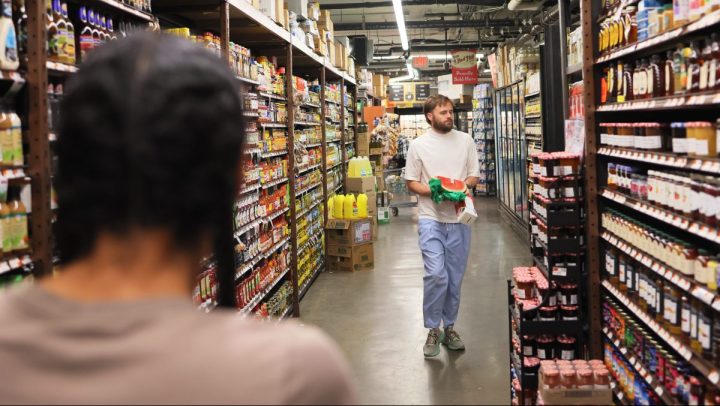
We’re in the stubborn phase of inflation cooling

May’s consumer price index, released Tuesday, shows that inflation rose 4% last month from a year earlier.
While that’s well below its peak of more than 9% last June, there’s a ways to go before the Federal Reserve reaches its target of 2% inflation.
We’ve gotten to the part of the inflation journey where the Fed is trying to squeeze the last bits out of the toothpaste tube. But it’s slow going, according to David Wilcox, an economist at the Peterson Institute for International Economics and Bloomberg Economics.
“The pathway ahead looks like it will take longer than anyone would prefer,” he said.
Why? Well, it’s partly because when it comes to inflation, the most obvious and temporary problems tend to sort themselves out first: the pandemic and all the erratic consumer spending during its different phases, the initial shock to oil prices because of the war in Ukraine.
Plus, “the supply chain issues that everyone talks about,” said economist Linda Hooks at Washington and Lee University.
Now that those have mostly subsided, “the Federal Reserve is working with some very broad tools, and they’re aiming for a very small target,” she said.
That’s tricky since a smaller target requires better aim.
“What’s left is both the continued tight labor market and the underlying inertia of wages and prices,” said Jason Furman, an economist at Harvard University.
Underlying inertia is what’s making this leg of the inflation journey so sticky. We’ve been here for so long that businesses have come to expect prices to rise every month.
“It just gets built into everyone’s planning, and they see their competitors doing that,” Furman said. “Maybe they’re giving wage increases that are a little bit larger than normal, and so it’s just this self-fulfilling process.”
This phase can take a while because the economy is kind of like a food chain. First, manufacturers might feel price relief. That takes time to pass on to businesses, which takes time to get to the consumer — and the consumer price index.
“And that process ripples through the economy in a slow-moving way,” Furman said.
But it’s not all doom and gloom. Inflation is shifting, said UBS economist Alan Detmeister.
“So it does look like we’re getting inflation kind of focusing more narrowly on a few categories,” he said. Like used cars and shelter, “which generally means inflation is easier to take down.”
He thinks the Fed will reach its 2% target sometime next year.
There’s a lot happening in the world. Through it all, Marketplace is here for you.
You rely on Marketplace to break down the world’s events and tell you how it affects you in a fact-based, approachable way. We rely on your financial support to keep making that possible.
Your donation today powers the independent journalism that you rely on. For just $5/month, you can help sustain Marketplace so we can keep reporting on the things that matter to you.











